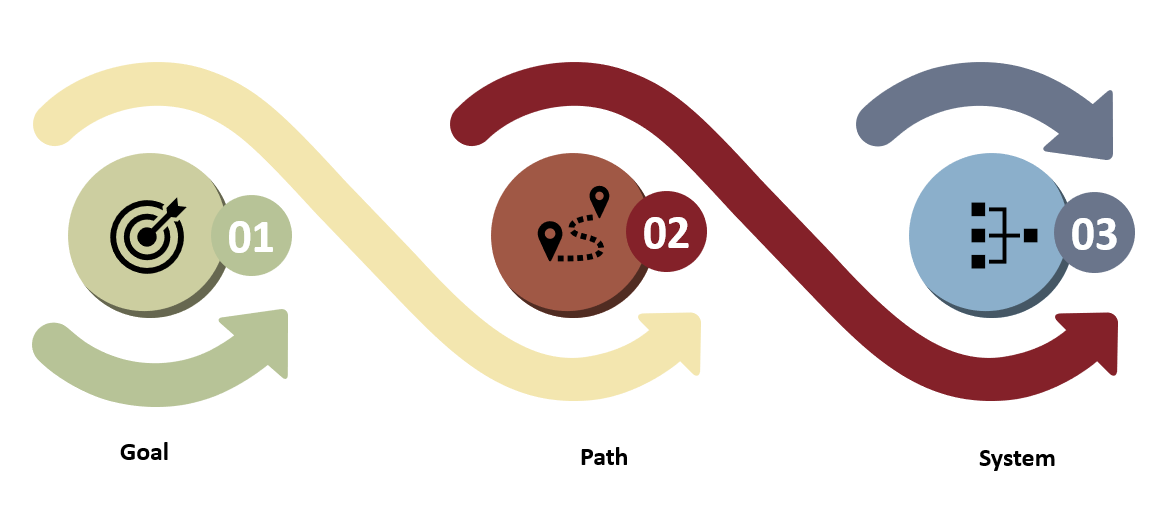The GPS Approach - Part 2: Path Phase
This is the second step of GPS Approach to enhance and fix organizational cultures.

Path Phase
Based on the data from Goal Step, each organization will formulate its path. However, some steps need to be in line to ensure your organization reaches from current to ideal state.
Step 1. Cultural Diversity
"When talking about cultural diversity in the workplace, it is the inclusion of employees from different backgrounds, different races, and different political views. The term cultural diversity encourages an environment of inclusion, with representatives from a range of various backgrounds that come together to work as a team."1
Cultural diversity brings in different individuals with different backgrounds, education, and thoughts. Thus, it enhances problem-solving, and decision-making as diverse people are involved in the process.
Step 2: Acceptance
Cultural diversity and acceptance go hand in hand. Bringing in different and unique people will not serve the required purpose if they do not accept each other's differences and behaviors. Different people act and behave differently. According to the LIFO Orientations model, which helps us make sense of ourselves and others using four basic ways to see the world, there are six strategies for making change. Those strategies help us deal with other people effectively and address the things that get in the way of being effective. Those six strategies are:
- Know yourself: understand yourself and increase your self-awareness. Taking the LIFO survey will help you know your behavioral style. Doing it within a team will help you know others as well.
- Apply strengths: seek situations that get out the best in you, make the most of your strengths. When you know your strengths in a team set-up, you will get to know other people's strengths as well. It will help you appreciate others for what they have, and you will start seeing them in a new light. Supplement others with your strengths, especially when your strengths are others' weaknesses.
- Do Less: learn not to overuse your strengths because it becomes a weakness when you use something to an extreme. For example, being over-friendly might lead to not being assertive.
- Get Help: leverage other people's strengths that differ from yours by capitalizing on them. Hence, you are not only accepting of others, but you are also using their strengths, which enhances teamwork.
- Do More: Learn to do more of the strengths that you underuse. Encourage others to do the same
- Build Relations: Improve your relationships with others who are different from you.
Step 3: Revisit your Values
Values are an organization's compass and an essential tool for decision-making. Values are also a system for employees to abide by during working hours and demonstrate necessary actions accordingly. Therefore, revisiting values is an essential step for building and fixing a culture.
1Thomas, 17 March 2020 , Accessed 20 August 2021, https://www.thomas.co/resources/type/hr-blog/importance-cultural-diversity-workplace
For more about this topic, download our latest book "An Adventurous Tale of Culture and Diversity" for FREE:
